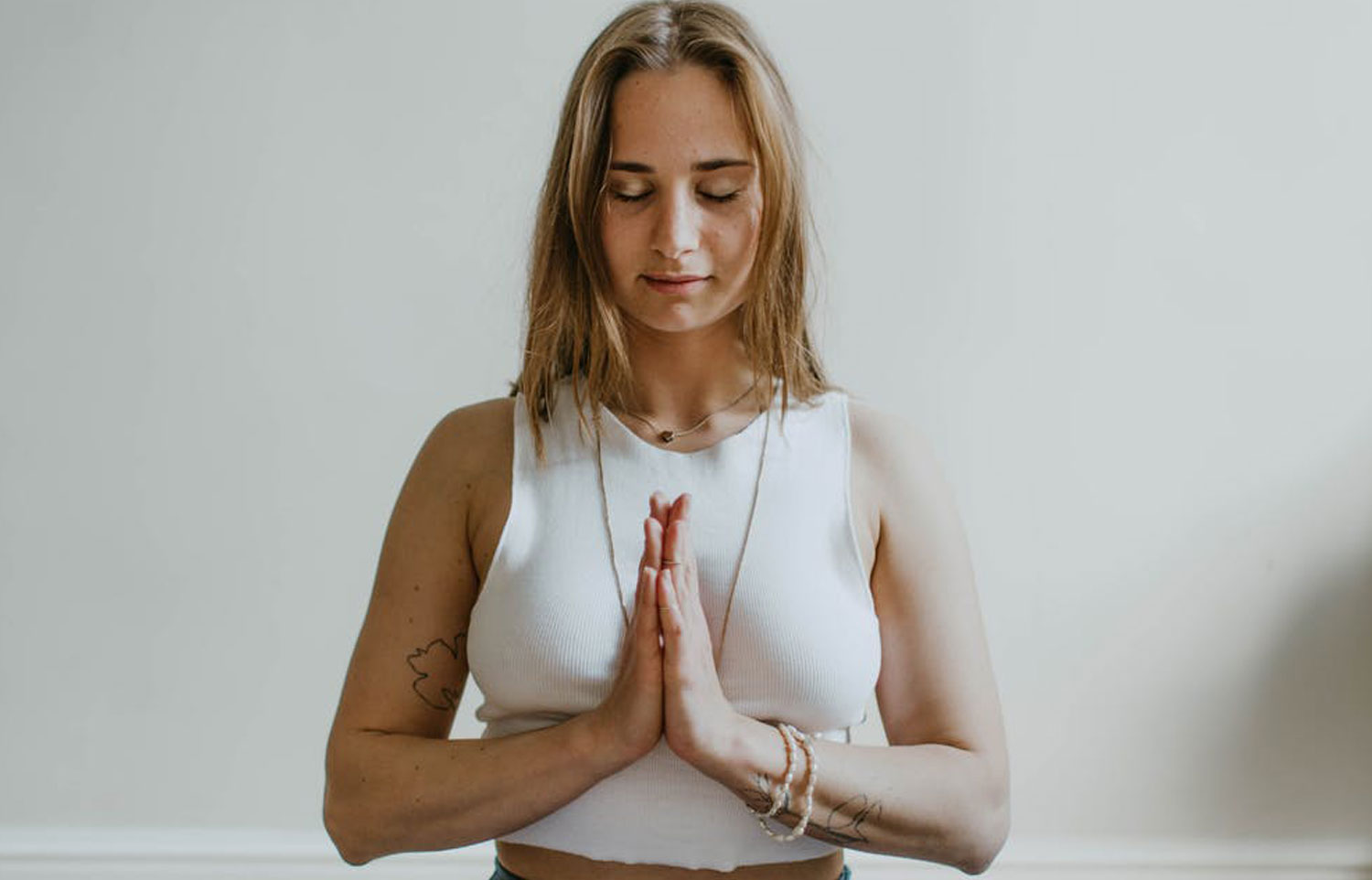I arrived at Mandali on a Sunday afternoon. After the opening ceremony, the day was coming to an end, when I joined my first yoga practice in temple. As I was closing my eyes, breathing consciously, letting in clear energy and releasing what no longer served me, the forehead of a big white elephant emerged in front of my third eye. I sat there, letting the image grow, following the message. She was greeting us, welcoming us in her home. Her head slowly swaying side to side, making her ears float a little of her head. Soft energies and gentle nods made me feel safe and helped me to settle in this magical place.
The following day, I joined the evening meditation. And as I was sinking in, shifting back and forth between mind and center I was becoming more and more in tune with the present. The moment the guide hit the singing bowl to seal of the practice, there she was again. Like a force of nature this time. Made of copper, fiercely pushing her image onto me. I could feel the strength and I deeply wanted to stay with the vision, but people were getting up and the moment had passed. The image stuck with me however, like a guide, leading the way, or a guard, keeping me safe.
Another day went by, and I was in savasana at the end of Yoga Nidra, when she appeared once again. Richly decorated, beads and jewelry on her back and across her face. It was festive in a way, colorful, joyful and yet…I felt I had to keep looking. She was dancing, moving her head side to side, rocking her body. The movement became more reckless and at one point all decorations slid off and fell to the ground. She stood there, looking at me, challenging, relieved, free, pure in all her glory.
Now I had walked around the garden several times. Somehow however, I always passed the pond from the backside, which left me convinced that the statue in the middle, was an image of Budha. Imagine my surprise, or rather joyful discovery, when I saw the sculpture was in fact an elephant. Ah…there you are, that is why. What a strong presence and what an amazing spirit traveled along with it. At meditation that evening, I got treated of an image of a line of elephants, walking in the woods, leading each other back to nature, connecting with Gaya. It is what I came for. To become more rooted and connected to this beautiful planet and let it help me, feed me, take a load of me and guide me home.

On closing day, during the final meditation, she appeared one last time. Up close, like she was resting her forehead against mine. A lemniscate drawn along the lines around her eyes, connecting in the middle, pointing out to her inner wisdom. She stands silently, in peace. I can only thank her deeply, for showing up all these days.
On my way back home, closing my eyes, I keep on getting images of the mountains. Yet the tops of the hills seem to shape into giant elephant heads looking sideways, giving me a deep perspective of the distant future. I’ve been home for a week now, and I can still tap into her presence. Like part of her traveled back with me. Or maybe part of Mandali will forever rest in me, waiting to be reconnected and guide me on my way. Thank you so much for this place. It is enchanting. I will be back, if only, to meet my dear friend again. I can’t wait…
Sorajah
She emerges
from the mist
of sound
surrounding meHeadfirst
ears gently swaying
stroking
the energyInviting us
on a journey
beyond the
physical realmShe is our guide
she sets the pace
she carries
peace and calm








